CPChain: The Integration of Digital Economy and Trust Machine
by CPChain at July 21, 2018

Good afternoon everyone! I’m Andrew, founder of CPChain. It’s my great pleasure to share the blockchain technology in CPChain with you here. The vision of CPChain is to create a highly trusted business ecosystem between human and machine through the deep Integration of Digital Economy and Trust Machine.

We are in the era of the digital economy. The availability of information and Internet technology has revolutionized our lives, jobs and business operations.

Over the past few decades, the digital economy has experienced Information Digitization, Business Digitization, and Digital Transformation, which has grown into a new engine of global economic growth.
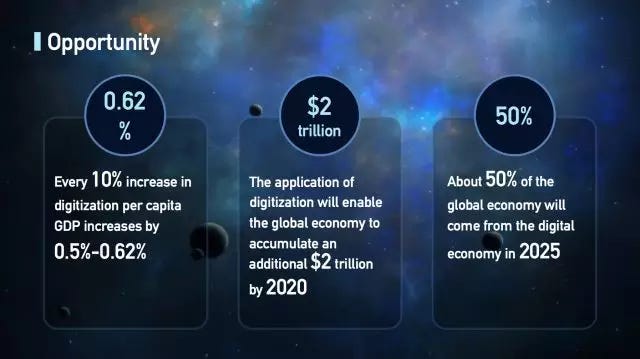
Let’s see the three numbers: Every 10% increase in digitization per capita GDP increases by 0.5%-0.62%, the application of digitization will enable the global economy accumulate an additional $2 trillion by 2020. Moreover, about 50% of the global economy will come from the digital economy in 2025. Those show that the digital economy will play an important role in the development of the global economy.
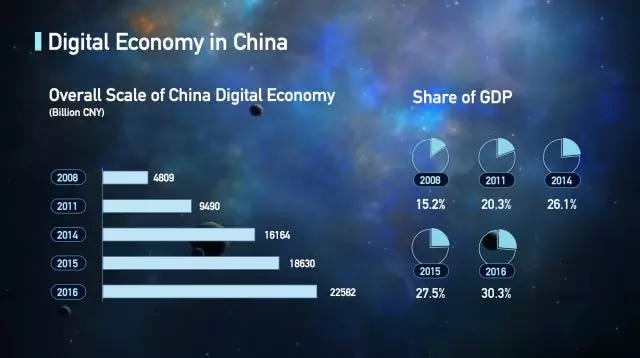
Take China as an example, the proportion of digital economy in GDP is increasing year by year.

In particular, the proportion of digital economic base, such as electronic information manufacturing, software, Internet, etc., in GDP remains at around 6%-7%, and the growth trend is like that of macroeconomic development. The transformation part of digital economy has become the main engine of digital economy growth. The digital economy accelerates to infiltrate into the industry, giving birth to O2O, sharing economy and other new modes and forms continue to emerge; the industry digitization, networking, intelligent transformation speed up the pace.

The Internet of things (IOT), as an infrastructure connecting the physical industry and digital economy, has been attracting more and more attention.

IoT has become an emerging area: with an estimated 4 billion connected devices in China by 2020, a 5.6-trillion-RMB market is on their way.

However, the bottleneck problems of the existing centralized IoT system seriously hinders the transfer of the data value of the current IoT devices, such problems include Security & privacy, Connectivity, Data Collection & Analysis and Hardware Integration. The basic reason is that the centralized trust system is expensive to build, it is difficult to interconnect and interoperate, and it is easy to form data islands.
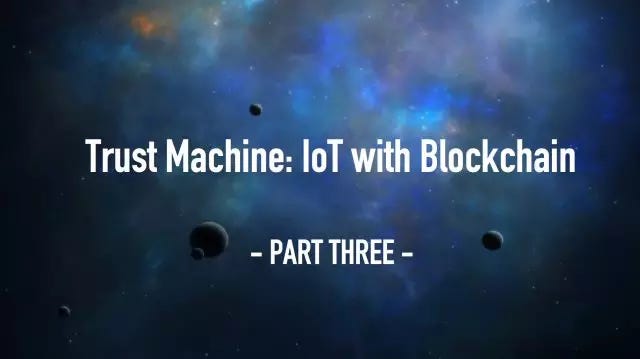
Fortunately, blockchain technology as a trust machine opens the door to build a distributed trusted Internet of things.
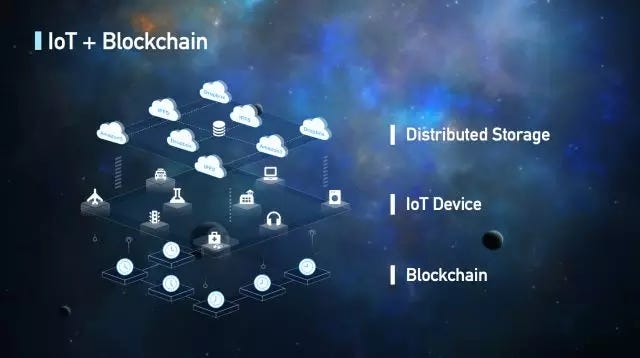
In order to solve the bottleneck problems of centralized IoT system, CPChain proposes to deeply integrate distributed storage and computing, blockchain and IoT technologies, and build a new generation of distributed trusted IoT systems. In the new world, we can see more and more fully autonomous p2p interaction between human and machine. For example, we can directly pay to smart locks to gain access to shared electric cars. Auto-driving cars interact directly with charging piles to complete automatic charging. Auto-driving cars can even directly request repair personnel to provide maintenance services for him. A credible, p2p interactive society is coming toward us. It is so exciting!
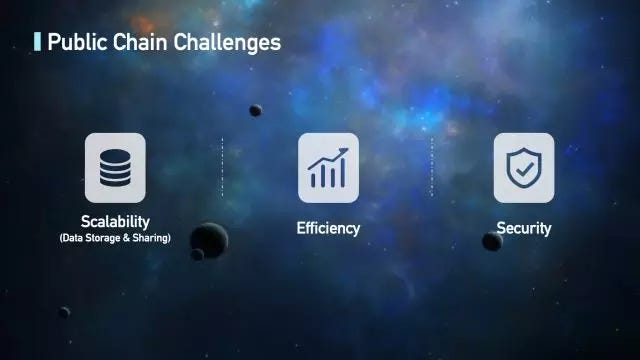
However, blockchain technology is still in its infancy, and there are still many challenging problems in the process of business landing. There are three practical problems in the development and application of CPChain: the scalability of data storage and computing, the high efficiency of distributed network consensus and the security of the system. Next, I will introduce CPChain’s solutions we have proposed.

The existing public-chain platform is mainly used for the digital currency transaction record, the transaction data are all on-chain and open. Compared with transaction data, large scale IoT data are not scalable for on-line data storage. At the same time, data is the core asset of IoT system, which needs to be encrypted. Therefore, we need to carefully design off-chain and on-chain data, and establish efficient connection between off-chain and on-chain, so as to realize the efficient and safe flow of data assets. CPChain proposes a parallel distributed architecture PDash, which consists of two parallel distributed networks: distributed cloud storage layer and blockchain layer.
The initial version of PDash has just made its debut last week. You can check out its code on github. PDash aims to build a healthy ecosystem that promotes data sharing among the vast users. You can imagine the wallet as a secure housekeeper for your data, the market as an information portal, the content distribution network as the safeguard for data transmission, and finally the blockchain as a law enforcer that regulates how tokens are distributed from the consumer to the provider.
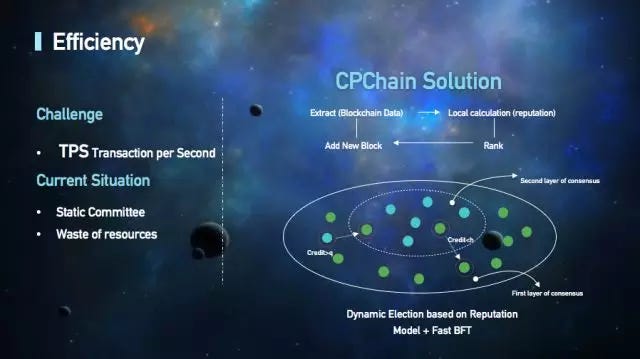
The trilemma in efficiency, security and decentralization of distributed consensus is the most challenging problems in public chain system. Hybrid consensus protocol (Pow/ PoS, DPoS), sharding and off-chain are three mainstream solutions, and many projects have made great innovations and attempts in these areas. However, most of the existing schemes are designed t oachieve efficiency gains at the expense of decentralization and security. According to the characteristics of the IoT, CPChain proposes a cross-chain architecture which combines the main chain and the industry chain. To overcome the “money” centralization trend of DPoS, we propose a two-layer hybrid consensus protocol for the main chain, which includes a dynamic committee election mechanism based on P2P network reputation evaluation model and a lightweight BFT algorithm. High efficiency, security and decentralization of consensus protocols are realized.
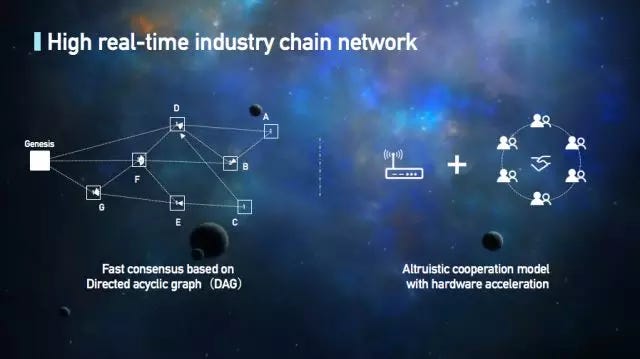
DAG is the representative solution for high concurrency micro-transaction in the IoT, such as IoTA and so on. However, its security and global consensus are still unresolved problems in the industry. CPChain will analyze and design DAG consensus protocol with higher security and real-time performance based on altruistic cooperative evolutionary game theory and hardware acceleration method.

Privacy protection and system security are the primary concerns of IoT. Centralized platforms do not guarantee user privacy and self-identification, such as Facebook privacy leaks. The GDPR issued by the European Union explicitly stipulates that the use of data must be provided by data owner. PDash provides a package of solutions from authorization control, integrity verification, transaction arbitration and so on, which realizes the legal and compliance acquisition and use of data. IoT terminal hardware and wireless transmission system are also vulnerable to network attacks. In October 2016, a botnet made up of 100,000 compromised gadgets knocked an Internet infrastructure provider partially offline. Taking down that provider, Dyn, resulted in a cascade of effects that ultimately caused a long list of high-profile websites, including Twitter and Netflix, to temporarily disappear from the Internet. CPChain combines the non-tampering characteristics of blockchain records and the physical fingerprint security method of devices to design distributed trusted access and security verification, which can prevent malicious nodes from accessing so as to eliminate distributed denial-of-service attacks fundamentally.

Next I want to introduce some typical applications based on CPChain platform, and our development plan.

CPChain will focus on smart city applications such as intelligent transportation, smart health and medical and smart manufacturing. For example, in the field of intelligent transportation, CPChain will achieve efficient sharing of interactive data of vehicles, people, and transportation infrastructure, and provide a full-process solution for personalized navigation, optimization of traffic dispatch, automatic driving, shared travel, and customized insurance.
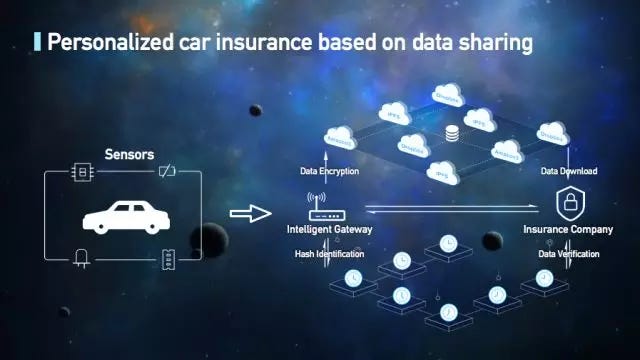
For the health and driving behavior of the car and the owner, in addition to yourself, the car insurance company may be the one who loves you the most. However, the current data generated by the car is fragmented and distributed among different manufacturers and service providers. The cost of obtaining relevant data by insurance companies is very high, making it difficult to implement customized auto insurance. On the CPChain platform, the owner is encouraged to share the data, thereby achieving continuous recording of the vehicle usage data, which greatly reduces the cost of the insurance company to obtain the vehicle usage status and the driving behavior, and realizes the personalized insurance services. New business models are emerging!
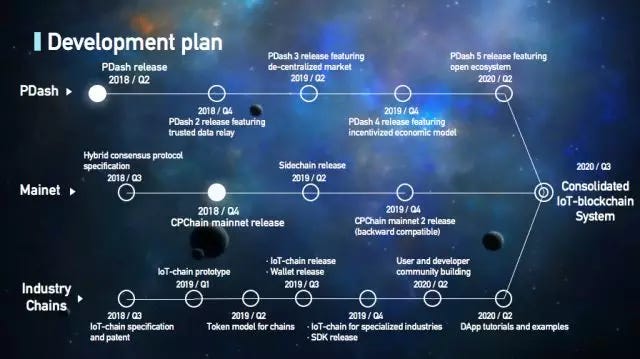
About our development plan, we have completed the establishment of the entire framework, including PDash, Mainnet and Industry Chains. Currently, the open source of PDash is online. Hopefully by October, we will finish the consensus protocol research and release the mainnet.
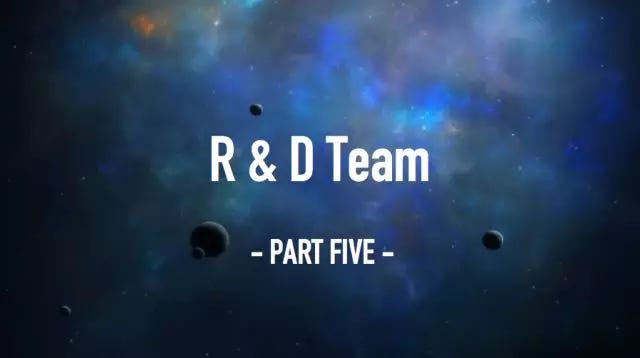
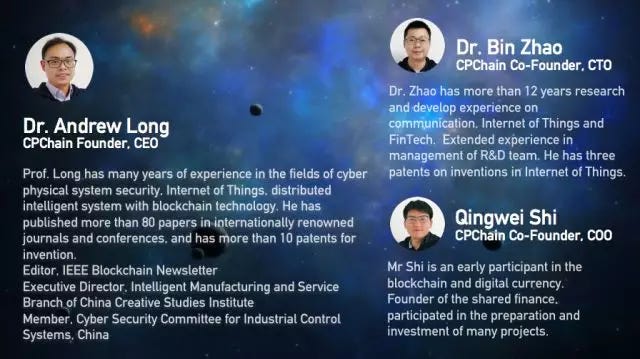
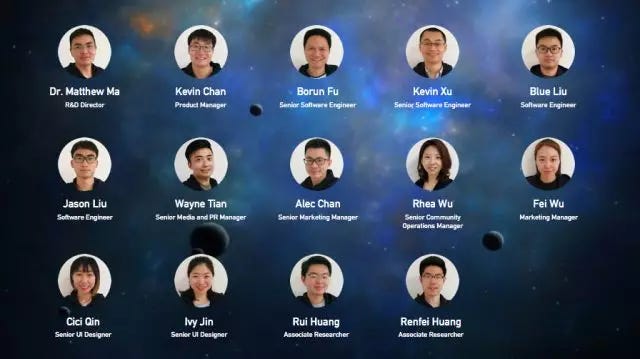
Our team is very young and powerful. Dr. Ma is from Hong Kong University of Science and Technology, Kevin just climbed the highest peak in Russia, Borun is a senior engineer with working experience at Intel and Huawei …
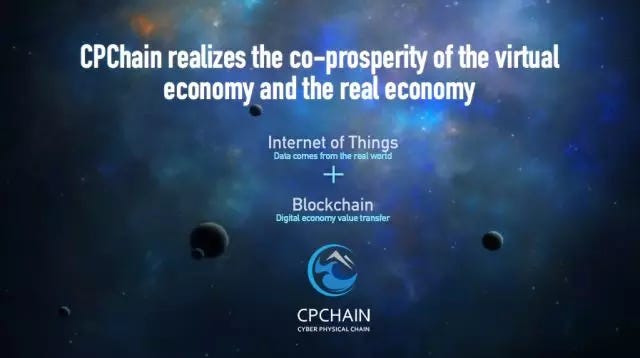
All in all, CPChain is a public chain dedicated to the connection between physical industry and the digital economy. Hope you guys like it!





